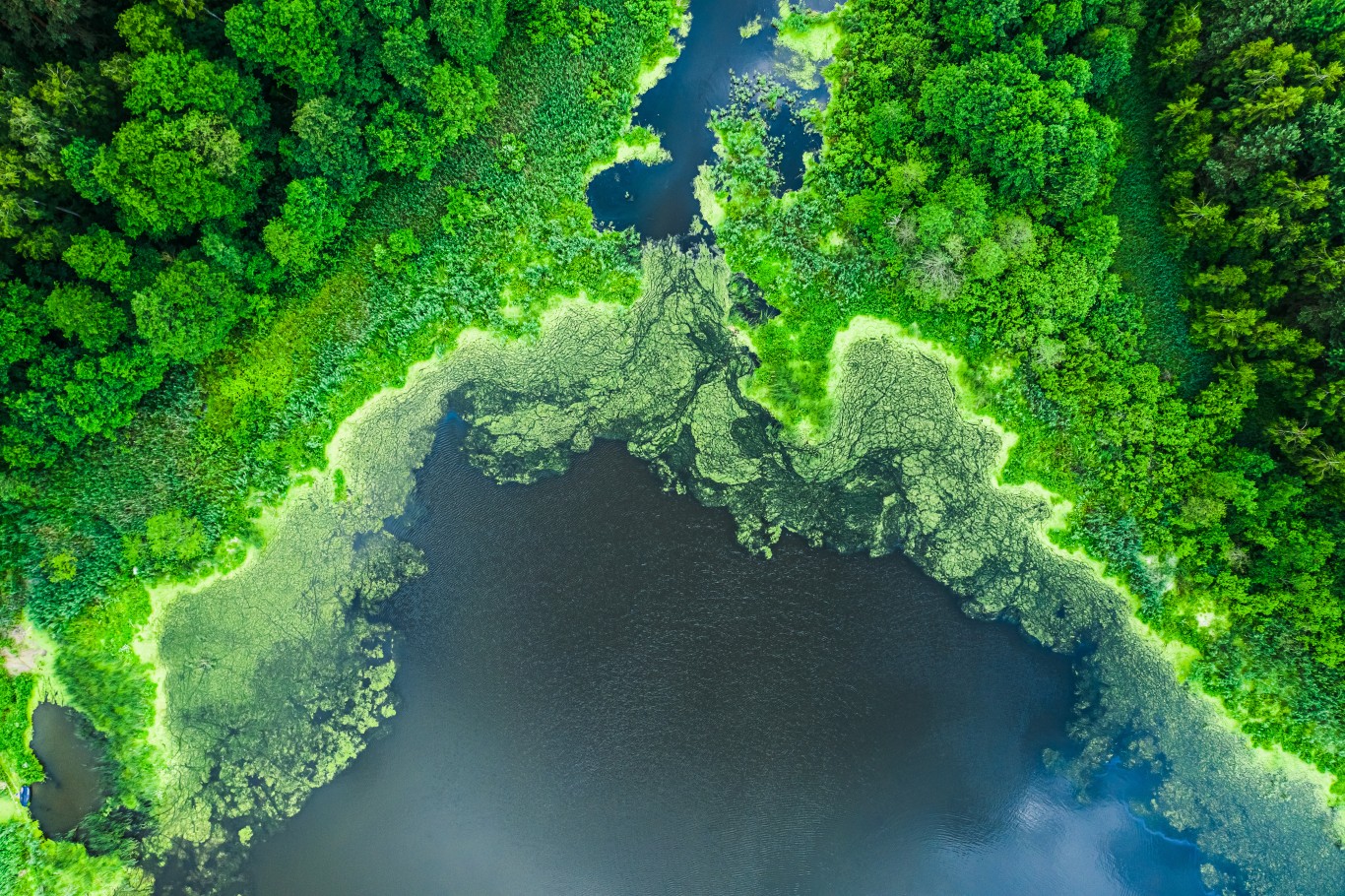
Heavy Rain, Flooding, and Chance of Severe Weather Staring Down the Southern U.S.
January 22, 2024
Posted: March 18, 2023 6:55 am





A mass of seaweed measuring about 5,000 miles wide is on its way to Florida. Does this incoming mass pose any potential problems? Read on for all of the details about what this means for Florida and the Caribbean.
This form of seafood known as sargassum is distinguished by its ability to clump together and form large masses in the Atlantic Ocean. Scientists have been tracking these blobs for years, however, this latest mass may be distinguished as the largest yet on record. The mass currently stretches over 5,000 miles, starting off of the coast of Africa and expanding into the Gulf of Mexico.
The glob of seaweed is currently moving to the west and is expected to move into the Caribbean and into the Gulf of Mexico by this summer. This means that the seaweed will reach the shores of Florida some time in July.
The current blob started coming together in December, doubling in size by January. The large bloom is a major source of concern for the tourism industry in the Caribbean. The seaweed is already piling up on beaches in the Caribbean, measuring up to 6 feet deep in some places. Locals in Barbados are using thousands of dump trucks a day to clean up the beaches and haul away the algae. Not only is the seaweed unsightly but it is also smelly.
Sargassum is an umbrella term used to categorize over 300 species of brown algae. The two most common types of Sargassum found in the Atlantic basin are the Sargassum natans and Sargassum fluitans varieties.
The floating seaweed offers protection and sustenance for a number of marine mammals, birds, and fish. The important habitat is a home for loggerhead sea turtles and a myriad of other threatened sea life.
So while the mass of seaweed is generally welcome to creatures that call the Atlantic Ocean home, it presents problems when it washes up onto beaches. Although the seaweed does not present a danger when floating through the ocean, it can turn deadly to marine life as it meets land, putting off a smell that is akin to rotten eggs.
This type of seaweed is also dangerous to humans. The gas that the algae releases as it dies is toxic to humans, presenting a host of respiratory issues. The seaweed is also problematic to human flesh. This makes it vital that beachgoers avoid coming into contact with the rotting algae as it creeps up onto shorelines.
The increasing mounds of seaweed is also a financial issue. It costs a significant amount of money to remove the toxic algae, presenting a major problem to Caribbean countries that may not have the resources for this endeavor.
The presence of this type of seafood changes with a variety of different environmental factors. This includes variances in rainfall from year to year, wind direction, and more. The changing currents in the ocean can also change how quickly sargassum grows and what direction it heads. For example, a higher than normal amount of nitrogen and phosphorus in the ocean waters can provide the algae the fuel that it needs to grow.
As the mass approaches the U.S mainland, scientists are continuing to learn more about its potential impacts on beaches. Some researchers are recommending using technology to sink the seaweed to the ocean floor so that it does not wash up on heavily populated shorelines. There is also the possibility of harvesting the algae for use in positive ways.
What is certain is that this developing science will certainly change as researchers gather more information. Although it is concerning that this blob of seaweed is nearing the U.S., it will also provide scientists with more data to learn more about the natural oceanic phenomena.
Did you find this content useful? Feel free to bookmark or to post to your timeline for reference later.

January 21, 2024

January 19, 2024

January 18, 2024